Exploring Ecuador: Four Worlds, One Country
Duration: 2 – 15 Days Itineraty
Country: Ecuador, South America
Budget: $2750-$5490
Ecuador: A country where 4 worlds collide.
Ecuador offers more than you can imagine in one trip. With four unique regions—the Andes, Amazon, Coast, and Galápagos—we suggest experiencing it all in 2 unforgettable adventures. Each trip allows you to immerse yourself in nature, culture, and adventure at a relaxed pace.
- Sight Seeing 100%
- Food 100%
- Transportation 95%
- Activities 100%
Ecuador is a land where adventure meets beauty at every turn—from the peaks of the Andes to the heart of the Amazon and the wonders of the Galápagos. Every corner invites you to explore, connect, and be inspired by its rich culture and breathtaking landscapes.
Trip Video
(Coming soon) Watch the full journey come to life—from the Andes to the Amazon and the Coast to the Galápagos—in our Ecuador Adventure Video.
1. The Coast (La Costa)
- Bolón de Verde: A hearty breakfast or snack made from mashed green plantains mixed with cheese or chicharrón (pork), often served with coffee.
- Encocado de Pescado: Fish cooked in a creamy coconut sauce with spices, often served with rice and plantains.
- Ceviche: A refreshing dish of marinated seafood, typically shrimp or fish, served with lime, tomato, onion, and cilantro.
- Coco Loco: A refreshing coastal cocktail made with fresh coconut water, rum, and a hint of lime. It’s often served directly in a coconut.
- Batido de Coco: A refreshing coconut milkshake made with fresh coconut, milk, and sugar. Perfect for hot beach days.
2. The Highlands (La Sierra)
-
Llapingachos: Grilled potato patties stuffed with cheese, served with a fried egg, peanut sauce, avocado, and sausage. A hearty Andean favorite.
- Hornado: Slow-roasted pork, often served with mote (hominy), llapingachos, and a salad.
- Cuy: Roasted guinea pig, a traditional Andean delicacy, often served with potatoes and peanut sauce.
- Canelazo: A warm alcoholic beverage made from aguardiente (a sugarcane spirit), cinnamon, and panela (unrefined cane sugar). It’s popular in the highlands, especially during colder months.
- Chicha de Jora: A traditional fermented corn drink with a slightly sour taste, often consumed during festivals and cultural celebrations.
- Colada Morada: A thick, sweet beverage made from black corn flour, spices, and a mix of fruits like pineapple, naranjilla, and babaco. It’s traditionally consumed during the Day of the Dead.
3. The Amazon (La Amazonía/El Oriente):
-
- Maito: Fish or meat wrapped in a leaf and cooked over an open fire, typically served with yucca or plantains.
- Chontacuro: Grilled palm weevil larvae, considered a delicacy and often eaten with salt or a spicy sauce.
- Ayampaco: A dish made with tilapia or chicken, seasoned with local herbs, and cooked in banana leaves.
- Guayusa Tea: Originating from the Amazon, this caffeinated herbal tea is consumed for its energizing properties. It’s a staple morning drink for indigenous communities.
- Chicha de Yuca: A fermented drink made from yuca (cassava), often shared in communal gatherings. It’s a significant part of the Amazonian culture.
- Chontaduro Juice: Made from the fruit of the chonta palm, this juice is rich in nutrients and has a unique, earthy flavor.
-
4. The Galápagos Islands
- Fresh lobster & ceviche: Enjoy daily catches prepared simply with lime, onions, and cilantro, or grilled with island spices.
- Sopa de Mariscos: A hearty seafood soup with a mix of local fish, shellfish, and a rich broth.
- Galápagos Coffee: Coffee grown in the highlands of the Galápagos, known for its unique flavor profile due to the volcanic soil and microclimate. Enjoy it black or with a touch of milk.
- Caña Manabita: A local spirit made from sugarcane, often enjoyed straight or mixed into cocktails. It’s popular across the islands.
(see more in The Galapagos)
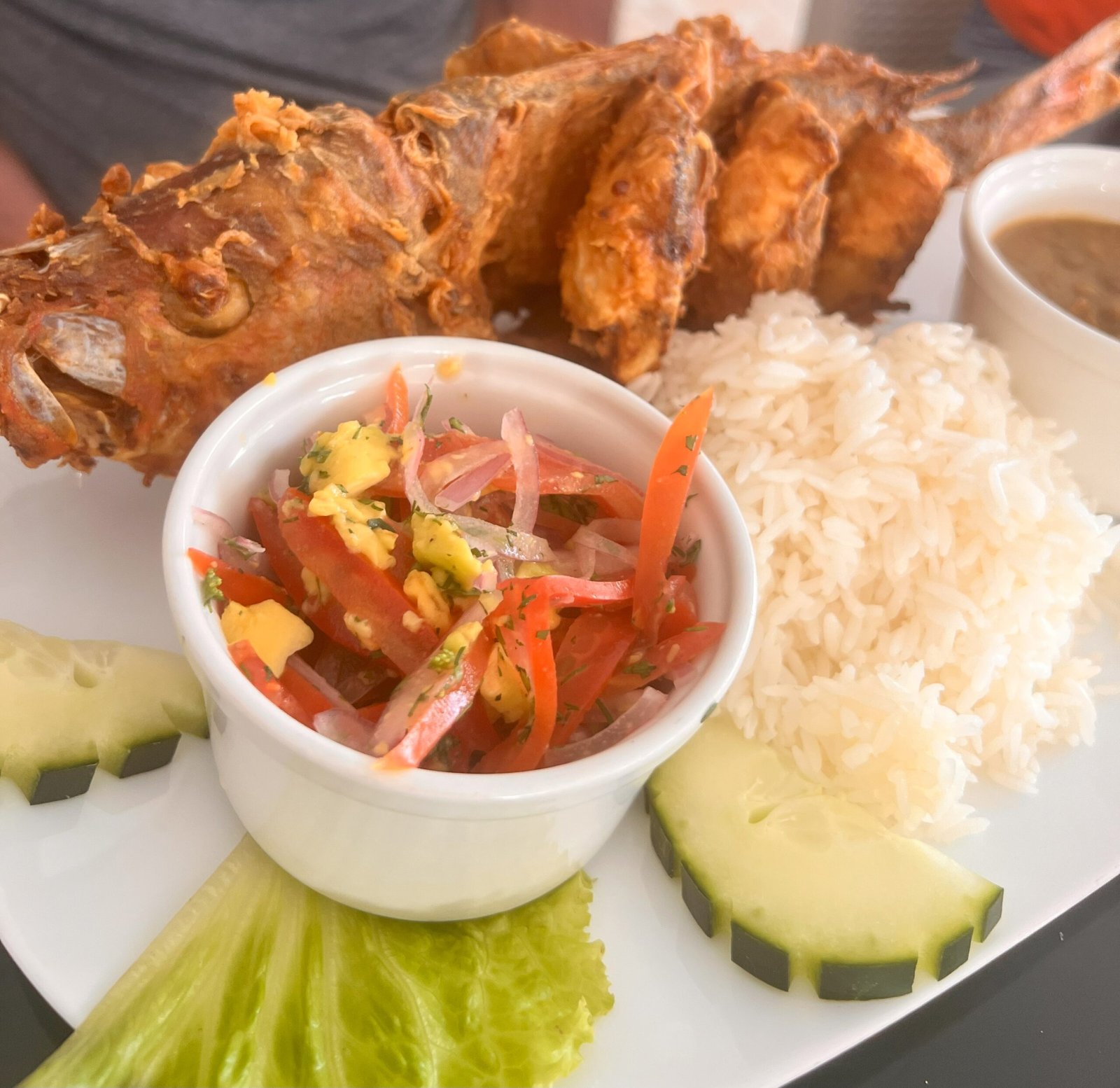
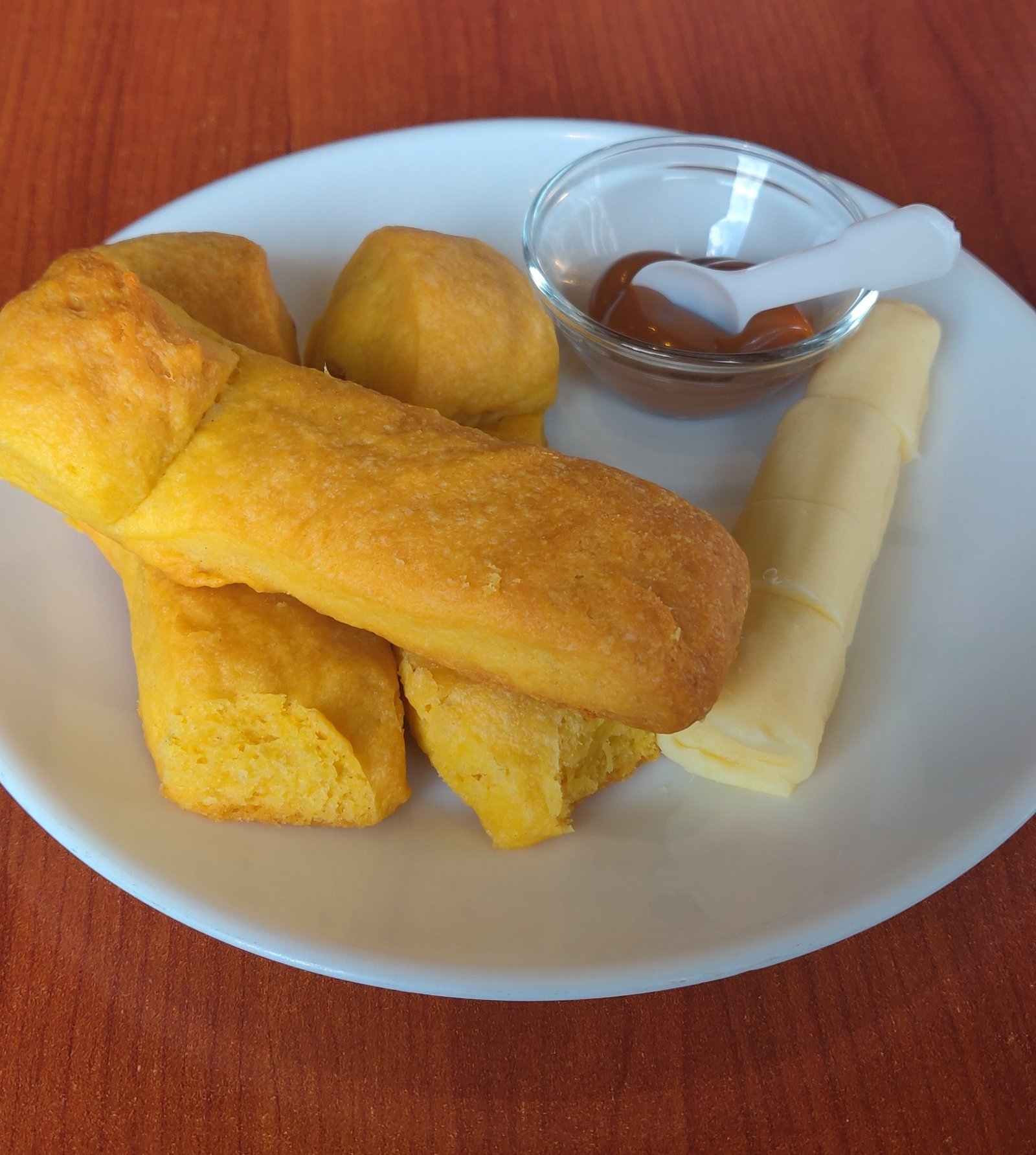
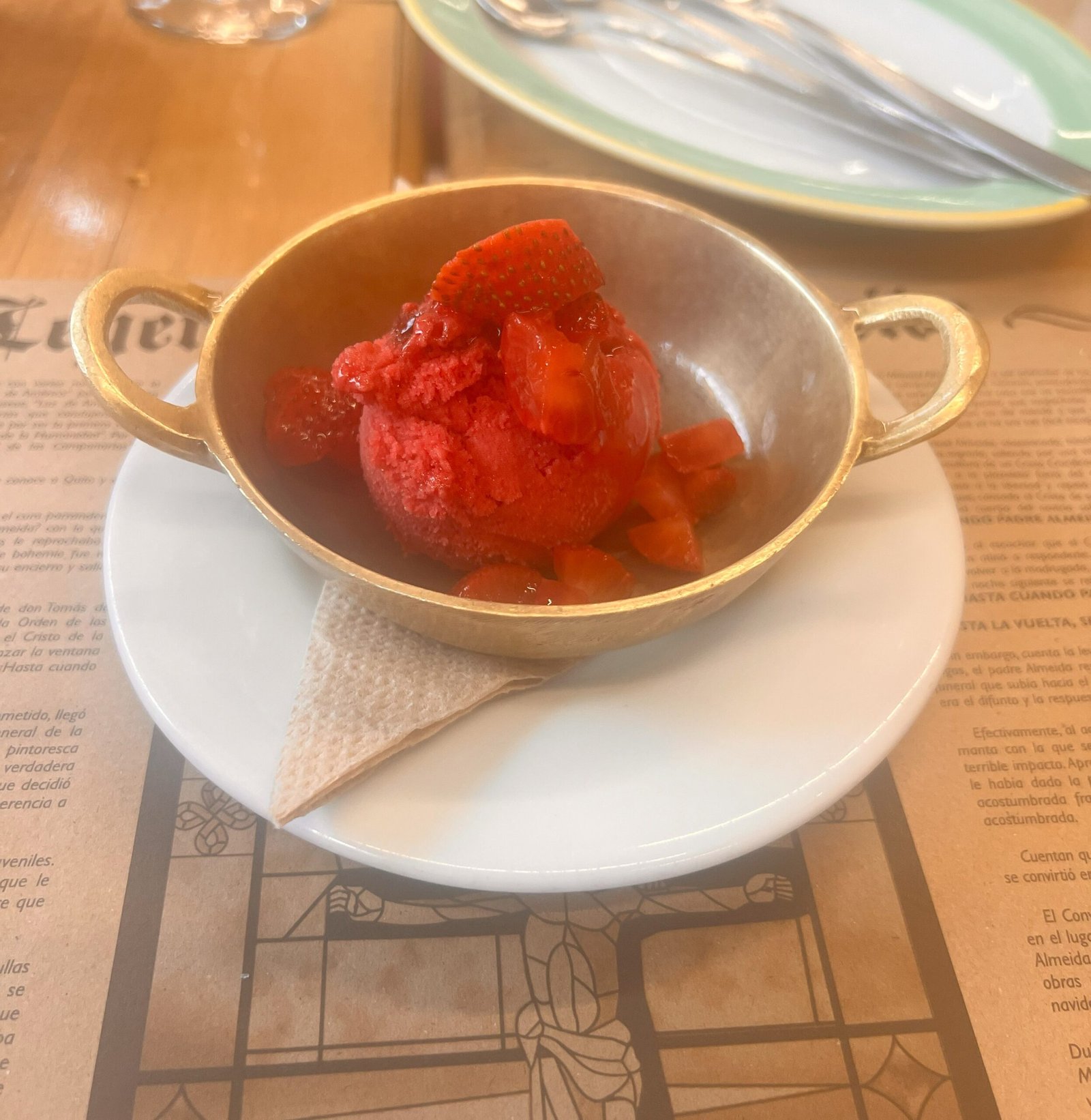
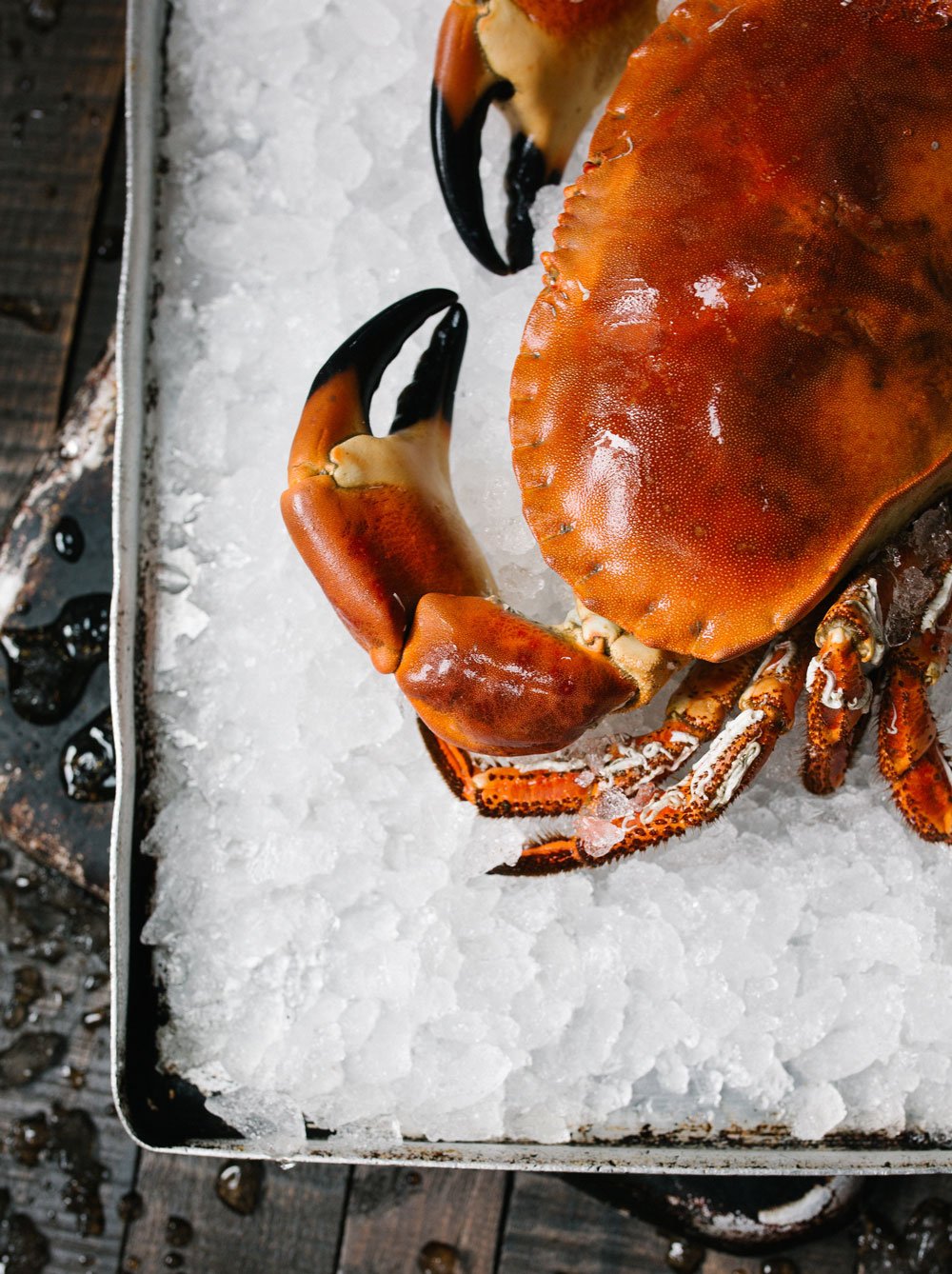
TRIP 1: Andes & Amazon (12-14 Days)

Day 1-2 Quito
- Explore the colonial Old Town, ride the TelefériQo for panoramic views, and visit Mitad del Mundo. Enjoy dinner in La Floresta and try local dishes.

Day 3-4 Otavalo
- Visit the famous Otavalo Market, hike around Cuicocha Lake, explore artisan towns like Cotacachi, and relax by Peguche Waterfall.
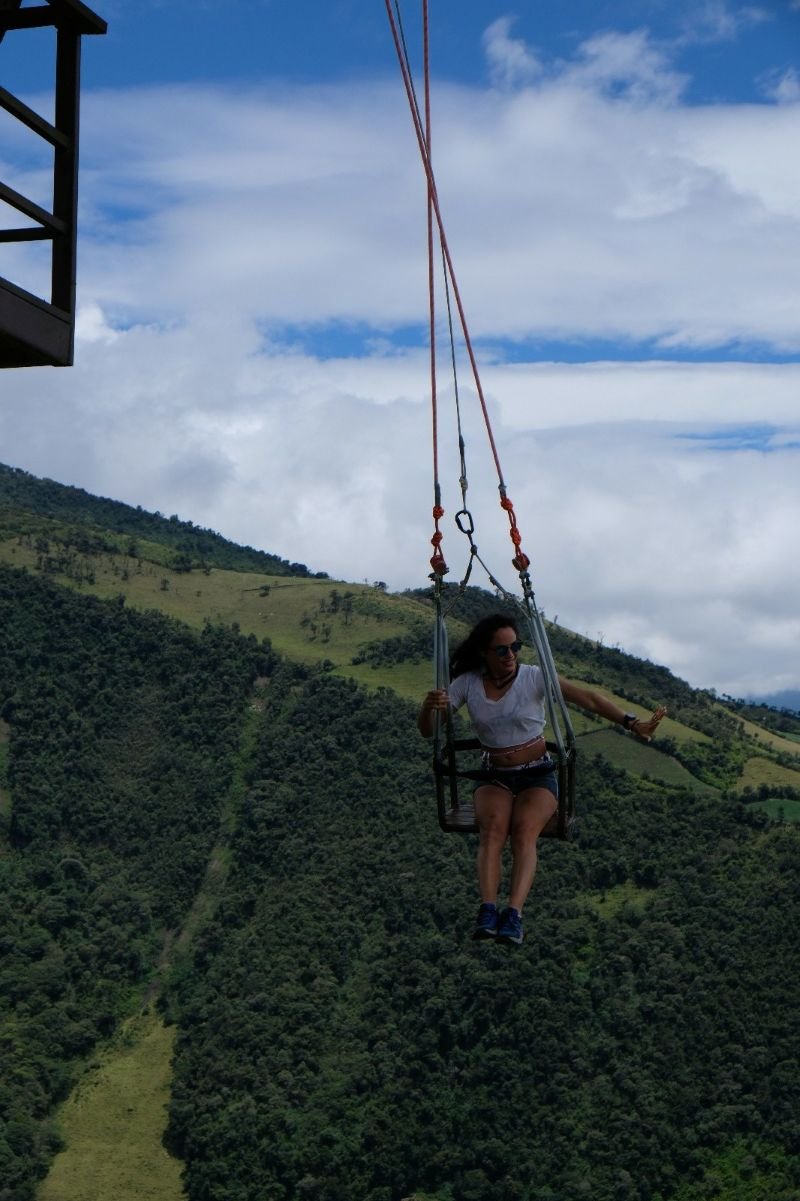
Day 5-6 Baños
- Try ziplining, canyoning, or the scenic waterfall route by bike. Visit Pailón del Diablo and soak in thermal hot springs at night.
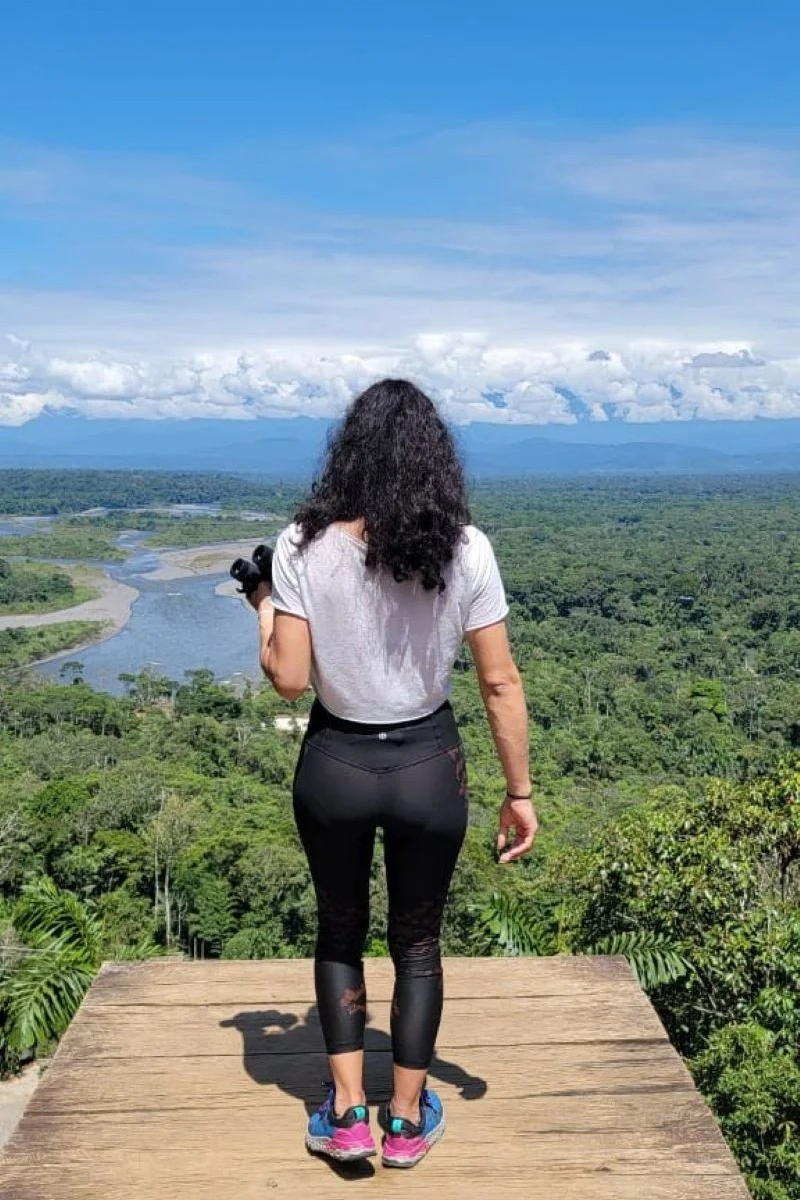
Day 7-10 Amazon Rainforest
-
Stay in a jungle lodge and enjoy guided hikes, canoe rides, wildlife spotting, visits to Kichwa communities, and traditional Amazonian meals.

Day 11-12 Papallacta/ Quito
-
Stop at the Papallacta hot springs before returning to Quito for one last night of shopping or a final meal.
Most Asked Q’s
1. Is Ecuador a Safe Place for Tourists?
Yes, Ecuador is generally a safe place for tourists, but like any destination, safety depends largely on how cautious you are. The country offers a rich and diverse travel experience, but it’s important to be aware of your surroundings and take common-sense precautions. Petty theft, especially in crowded areas, can be an issue, so keep your belongings secure and avoid displaying valuables. Whether you’re in a bustling city, a remote jungle, or a tourist hotspot, being vigilant and informed will help ensure a safe and enjoyable trip. Remember, safety isn’t about where you are, but how you conduct yourself.
2. Best Time of the Year to Visit the 4 Different Regions
- The Coast (La Costa): December to May is the best time, with warm temperatures and occasional rain, making it ideal for beach activities and surfing.
- The Highlands (La Sierra): June to September is the driest and sunniest period, perfect for exploring cities like Quito and hiking in the Andes.
- The Amazon (El Oriente): August to November offers slightly less rain, making it easier to navigate the rainforest, though it’s still humid.
- The Galápagos Islands: December to May is warm and ideal for snorkeling, while June to November is cooler with nutrient-rich waters, attracting diverse marine life.
3. What Kind of Clothing to Wear?
- The Coast: Light, breathable clothing like shorts, t-shirts, and swimsuits. A light jacket for cooler evenings and a rain jacket during the rainy season.
- The Highlands: Layered clothing is key. Wear t-shirts or long-sleeves with a warmer sweater or fleece, and a waterproof jacket. Sturdy shoes for walking and hiking.
- The Amazon: Lightweight, long-sleeved shirts and pants to protect against insects and sun. A waterproof jacket, hat, and sturdy, waterproof shoes or boots.
- The Galápagos Islands: Swimwear, quick-dry clothing, hats, and sunglasses for sun protection. Comfortable walking shoes for exploring and a light jacket for cooler evenings.
4. Is Water Safe to Drink?
In most of Ecuador, tap water is not considered safe to drink. It’s best to stick to bottled or filtered water, which is widely available. In some areas, especially in the Highlands and the Amazon, it’s advisable to avoid ice in drinks and to ensure that fruits and vegetables are washed with purified water. Always carry a reusable water bottle with a filter if you’re going off the beaten path.
